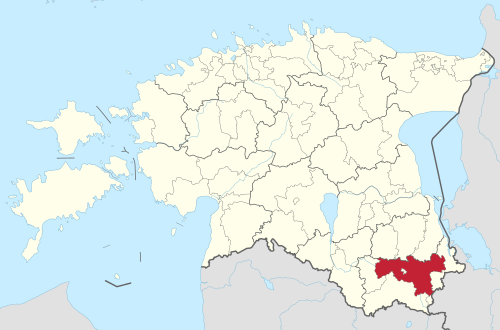At the request of the Ministry of Social Affairs, we examined the child protection case management models used in Estonia. These models include the Child Welfare Triangle, the Child Welfare Assessment Handbook, the Youth Guarantee Support System, the Family Group Conference, Out from the Circle, and Open Dialogue. We assessed their use in child protection work across Estonian local governments. Additionally, we compared two international child protection case management models – “Signs of Safety” and “Solution-Based Casework.” Based on this comparison, “Signs of Safety” was selected for a more in-depth analysis to adapt it for Estonia, resulting in several recommendations for its implementation.
Objectives of the Study
The analysis aimed to determine whether the existing models and their extent of use are sufficient to help child welfare professionals perform their work optimally to prevent and reduce child abuse, neglect, and other risks to child development and well-being. Another objective was to analyse how introducing a new case management model in Estonia could help address shortcomings in the current child protection system, such as insufficient involvement of children and families in resolving child protection cases and inconsistent case management processes.
Overview of the Study
To assist children and families, Estonia employs various case management and network cooperation models and methods designed to support professionals in working with families facing complex issues. To overview these models, we carried out document analysis and interviews with model administrators. To understand the extent and usefulness of these models in involving children and families, we conducted a survey and focus group interviews with representatives from local government child protection sectors. Key concerns confirmed in the survey and focus groups include:
- Specialists struggle to establish a trusting relationship with the child and family, feeling that much time is spent persuading families, which is ultimately limited by parental decision-making rights.
- Specialists report lacking time for thorough engagement with the family and feel that no model or tool can resolve situations without establishing a collaborative relationship with the child and family.
- Interviewed specialists identified poor parenting skills and a lack of willingness to take responsibility as obstacles to cooperation.
- It is noted that for sustained cooperation, it is crucial for the family themselves to reach decisions and proposals on how to help the child.
- According to the specialists, a recurring issue is not the lack of models or methods, but rather the lack of suitable services or their poor availability.
Comparison of International Models
Both international case management models discussed – “Signs of Safety” and “Solution-Based Casework” – are designed to support child- and family-centred case management by involving both the child and parents in identifying problems, potential solutions, and necessary steps. These models utilise techniques from solution-focused brief therapy to guide questions and conversations. They are intended to structure child protection work, offering specific tools for case resolution.
“Signs of Safety” was favoured due to criteria supporting its implementation, given that it is used in several European countries, including those with assessment frameworks similar to the Child Well-Being Triangle and the Child Well-Being Assessment Handbook. Therefore, the adaptability assessments and recommendations resulting from the study focus on the nationwide sustainable implementation possibilities, risks, and success factors of “Signs of Safety.”
Detailed information can be found in the report (in Estonian) on the Ministry of Social Affairs’ website.




